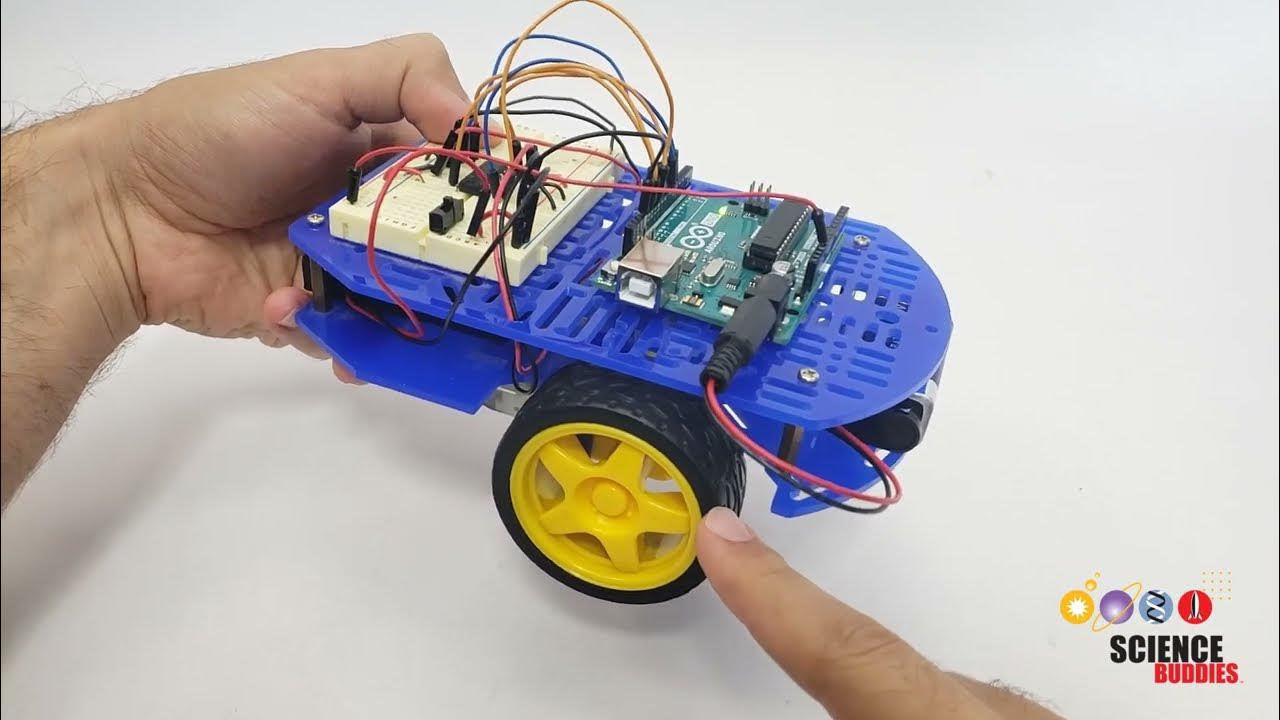🛠 How To De-pin Connectors | TECHNICALLY SPEAKING |
Summary
TLDRThis video tutorial demonstrates how to effectively remove pins from various automotive connectors, a common task when wiring cars or engines. It showcases the use of different pin removal tools for connectors like Deutsche, AMP, Metry Pack, and Delphi styles. The host explains the importance of unlocking mechanisms and carefully maneuvering the pins, offering tips for reusing connectors and correcting mistakes without cutting wires. The video is a practical guide for DIY enthusiasts and professionals alike.
Takeaways
- 🔧 The video demonstrates how to unpin various car connectors using specialized tools.
- 🛠️ Different types of connectors require different pin removal tools, such as cutters and picks.
- 🏎️ Automotive connectors are often standardized across brands, but some are unique.
- 🔐 Some connectors have locking mechanisms that must be released before pins can be removed.
- ✂️ Small side cutters are effective for removing locking tabs on connectors.
- 🔑 A specific pick tool is the presenter's go-to for many Deutsche-style connectors.
- 🔄 The process of removing pins often involves flipping internal tabs to release them.
- 💧 Some connectors, like aftermarket ECUs, have waterproof features and durable designs.
- 🔄 Metry pack or Packard style connectors are commonly found on MAP sensors and can be easily re-pinned.
- 🛑 The Delphi style connector is praised for its ease of use and built-in safety features.
- 🔄 Pull-to-seat connectors can be frustrating to work with but can be managed with the right tool.
Q & A
What is the main topic of the video?
-The main topic of the video is how to unpin and remove various types of automotive connectors.
Why is it important to have the right tools for unpinning connectors?
-Having the right tools for unpinning connectors is important because it ensures the job is done correctly and efficiently, preventing damage to the connectors or the pins.
What is a common connector style used across different brands of cars?
-A common connector style used across different brands of cars is the Deutsche style connector, which is popular due to its use on various sensors.
How do you remove the locking mechanism of a Deutsche style connector?
-To remove the locking mechanism of a Deutsche style connector, you use a pair of side cutters or a similar tool to push the locking tab out.
What are the steps to remove a pin from a Deutsche style connector?
-To remove a pin from a Deutsche style connector, you first remove the locking tab, then flick one of the internal tabs to release the pin, and finally pull the pin out.
What is the purpose of the little ridges on the pin of a connector?
-The little ridges on the pin of a connector help lock the pin in place by engaging with the internal tab that holds the pin secure.
Why is it recommended to keep the rubber water seal in place when removing pins from a connector?
-The rubber water seal should be kept in place because it is necessary if you plan to reuse the connector, as it helps maintain a watertight seal.
What is a common question from users new to aftermarket ECUs?
-A common question from users new to aftermarket ECUs is how to insert or remove a pin from an amp connector.
How do you unlock an amp connector to remove its pins?
-To unlock an amp connector, you push on the large slot on the bottom with a tool like a pick or side cutters until you hear a click, indicating the connector is unlocked.
What is the Metry Pack or Packard style connector commonly found on?
-The Metry Pack or Packard style connector is commonly found on 1, 2, 3, and 4 bar map sensors.
What is the advantage of the Delphi style connector?
-The advantage of the Delphi style connector is its ease of use, with multiple locking tabs that ensure a secure connection and act as fail-safes.
What is a pull-to-seat connector and why can it be frustrating?
-A pull-to-seat connector is a type of connector where pulling on the wire releases the connection. It can be frustrating because it requires a specific motion to release pins and can be difficult to manipulate.
What is the best approach when you've made a mistake with a pull-to-seat connector?
-If a mistake is made with a pull-to-seat connector, the best approach is often to cut the wires, correct the connection, and use a crimp or heat shrink to secure the new connection.
Outlines

This section is available to paid users only. Please upgrade to access this part.
Upgrade NowMindmap

This section is available to paid users only. Please upgrade to access this part.
Upgrade NowKeywords

This section is available to paid users only. Please upgrade to access this part.
Upgrade NowHighlights

This section is available to paid users only. Please upgrade to access this part.
Upgrade NowTranscripts

This section is available to paid users only. Please upgrade to access this part.
Upgrade NowBrowse More Related Video

The Fascinating Evolution of Automotive Wiring

How to Wire a Plug

How To Crimp Weatherpack Connectors With Seal-All / Delphi Crimper

Responsive Arduino Tilting Sensor - Quick and Easy Tutorial

Arduino Self-Driving Car Lesson 3: Controlling Motor Speed

IT Technician Training Course- EP:3 Tools and connections. 110 and 66 block terminations
5.0 / 5 (0 votes)